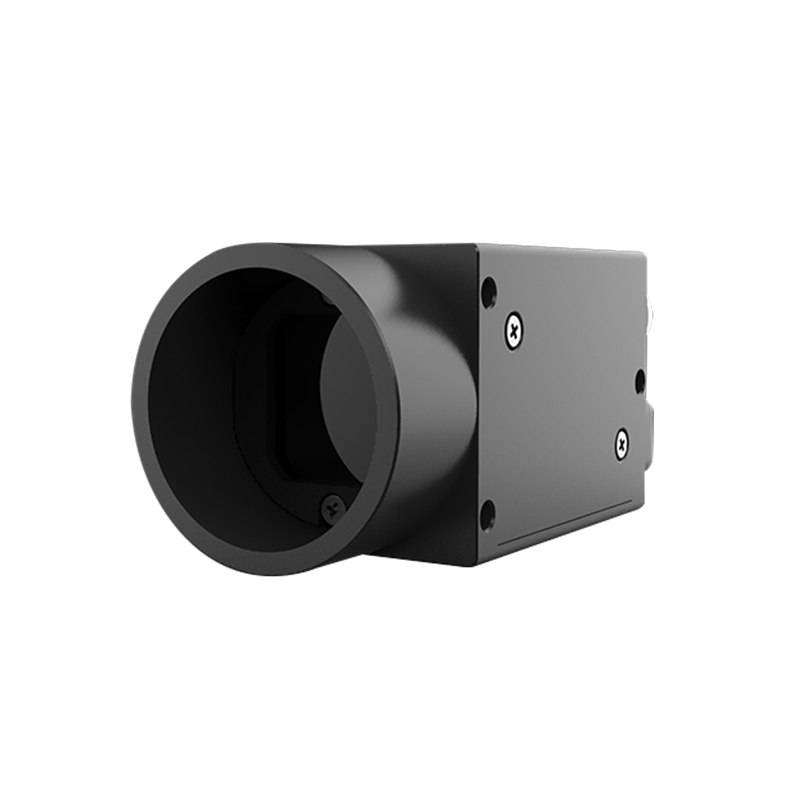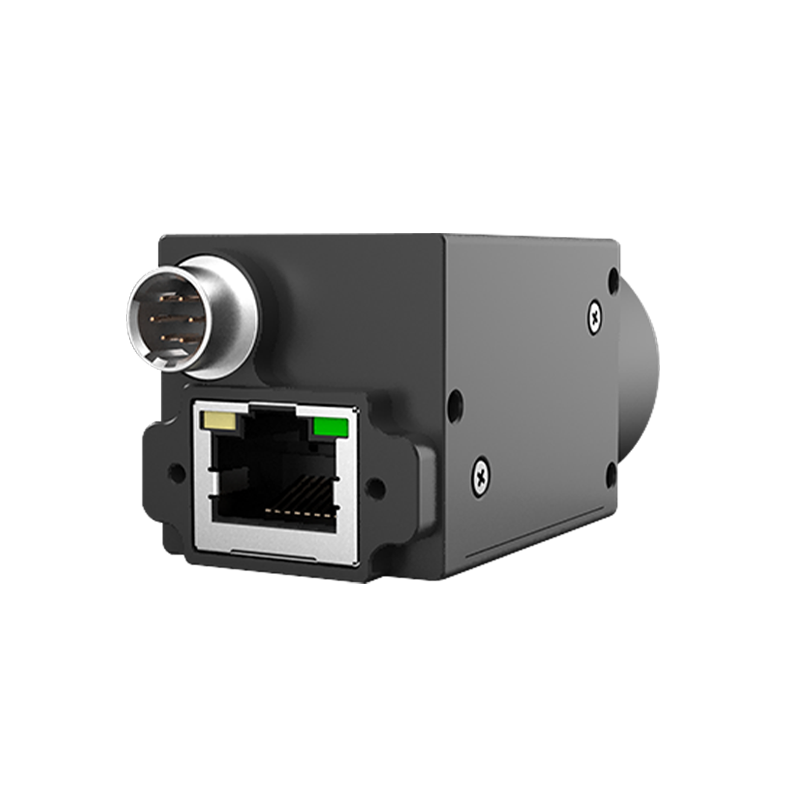適切なFAレンズを選ぶ方法。レンズ性能に影響を与える要因
FAレンズとその重要性の理解
FAレンズ、または固定絞りレンズは、特に自動化および製造業界において、産業用途で重要な役割を果たします。これらのレンズは、検査、仕分け、自動化プロセス内でのガイディングなどのタスクに高品質な画像を提供する機械視覚システムに不可欠です。彼らの精密光学は、運用の正確性にとって重要な一貫した明確な画像を提供することで、これらの環境の要求に応えるように設計されています。
FAレンズを標準レンズと区別する重要な特徴は、さまざまな距離で焦点を維持する能力です。この能力は、変動する条件下でも安定した画像品質を保証し、自動化における正確なデータ分析と意思決定にとって重要です。もう一つの重要な側面は、彼らの向上した画像の明瞭さと詳細であり、これは自動化システムに必要な精度にとって不可欠です。
FAレンズの重要性は複数の産業にわたり、効率を大幅に向上させます。
FAレンズを選ぶ際に考慮すべき重要な要素
適切なFAレンズを選択するには、高解像度と優れた画像品質を確保するために、いくつかの重要な要素を慎重に考慮する必要があります。
焦点距離と作業距離は、FAレンズの性能に影響を与える重要な要素でもあります。
さらに、照明条件はFAレンズの互換性と効果に大きな影響を与えます。
利用可能なFAレンズの種類
固定焦点レンズは、レンズと被写体の距離が変わらないアプリケーションでのシンプルさと信頼性を提供するため、機械ビジョンシステムで人気の選択肢です。これらのレンズは一貫した視野を提供し、製品が固定された経路に沿って移動する組立ラインなど、精度と安定性が求められる作業に最適です。そのシンプルなデザインと使いやすさは、一貫性が重要な環境で不可欠です。
ズームレンズは、その多様性から好まれています。
特殊レンズ、例えばテレセントリックレンズは、正確な測定と最小限の歪みを必要とする特定のアプリケーションのために設計されています。
製品スポットライト:FAレンズを搭載したエリアスキャンカメラ
The 地域スキャンカメラ 工業オートメーションにおいて堅牢な選択肢であり、1.3MP CMOSローリングシャッターセンサーを搭載して堅実なパフォーマンスを提供します。

The 地域スキャンカメラ 高度な技術的特徴で際立っており、2MP CMOSローリングシャッター、1920×1080ピクセルの解像度、ソニーセンサーを含んでいます。

最後に、 地域スキャンカメラ 様々な産業環境において卓越した適応性を提供します。1600×1200解像度を持つ2MP CMOSグローバルシャッターを搭載し、速度と精度を確保しています。このモデルは、異なる条件下での精度を維持する能力から、製造業界で非常に需要があります。

自動化製造におけるFAレンズの一般的な用途
FAレンズは、品質管理および検査プロセスにおいて重要な役割を果たし、製品の欠陥を大幅に減少させます。高解像度の画像と安定した性能を提供することにより、これらのレンズは生産ライン上の製品を詳細に検査することを可能にします。例えば、製造業者はFAレンズを搭載した機械視覚システムを統合した後、欠陥が最大15%減少したと報告しています。この改善により、運用が効率化され、厳しい品質基準を満たす製品のみが市場に出ることが保証されます。
さらに、FAレンズは正確で信頼性のある画像を提供することにより、ロボットガイダンスシステムを強化します。最近の進歩により、これらのレンズはさまざまな光条件や距離に適応する能力を備えています。この画像精度の向上により、ロボットは部品のピッキングや配置などの作業をより高い精度で実行できるようになり、全体的な効率が向上し、自動化プロセスにおけるエラーが減少します。
さらに、FAレンズは自動化システム内で製品を分類し、整理する上で重要です。
先進技術におけるFAレンズの未来
FAレンズの未来は有望であり、最近の革新がより高度な技術での使用への道を開いています。
さらに、FAレンズと人工知能(AI)の統合は、機械視覚を革命的に変えることが期待されています。
しかし、航空宇宙や深海探査などの過酷な環境にFAレンズを適応させることには依然として課題があります。


